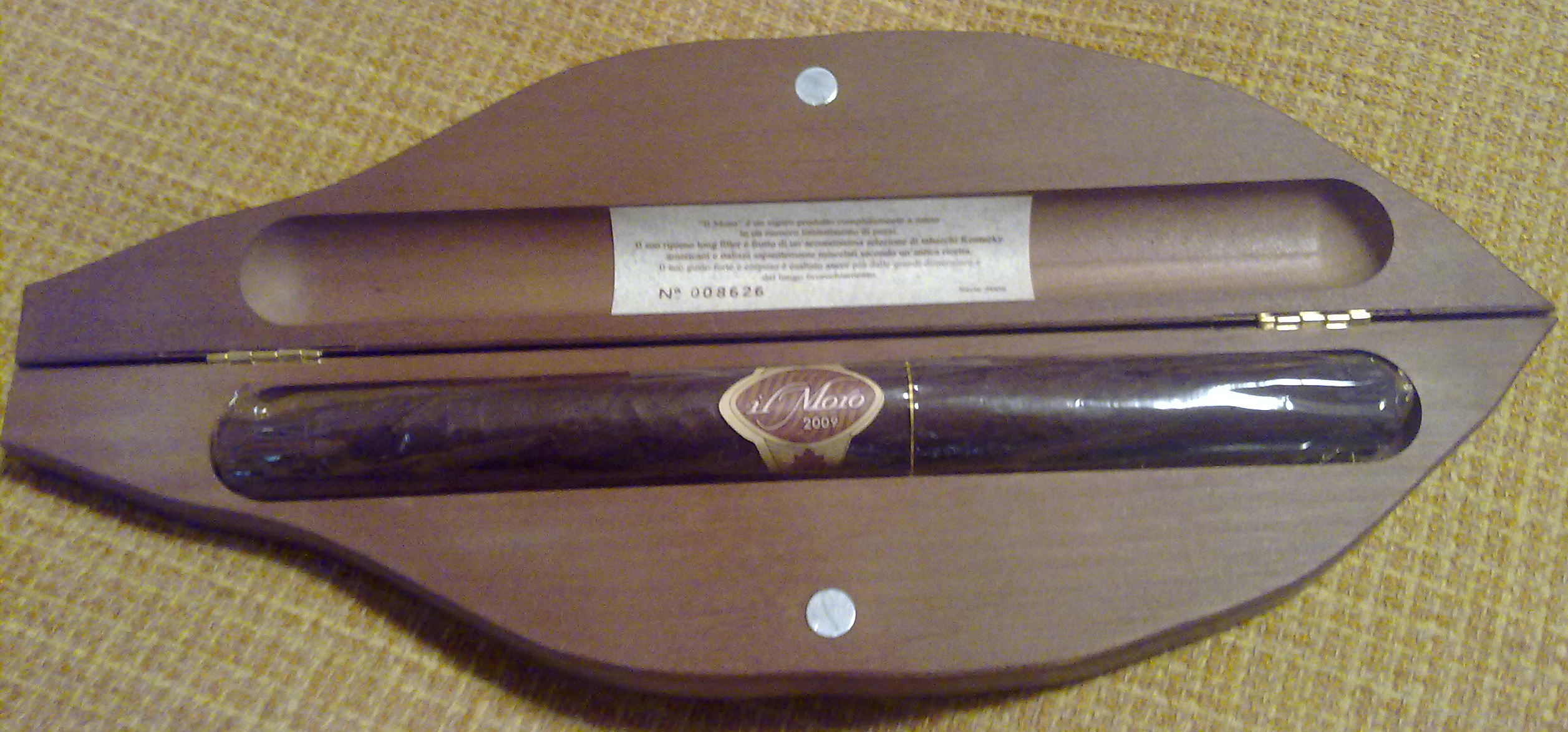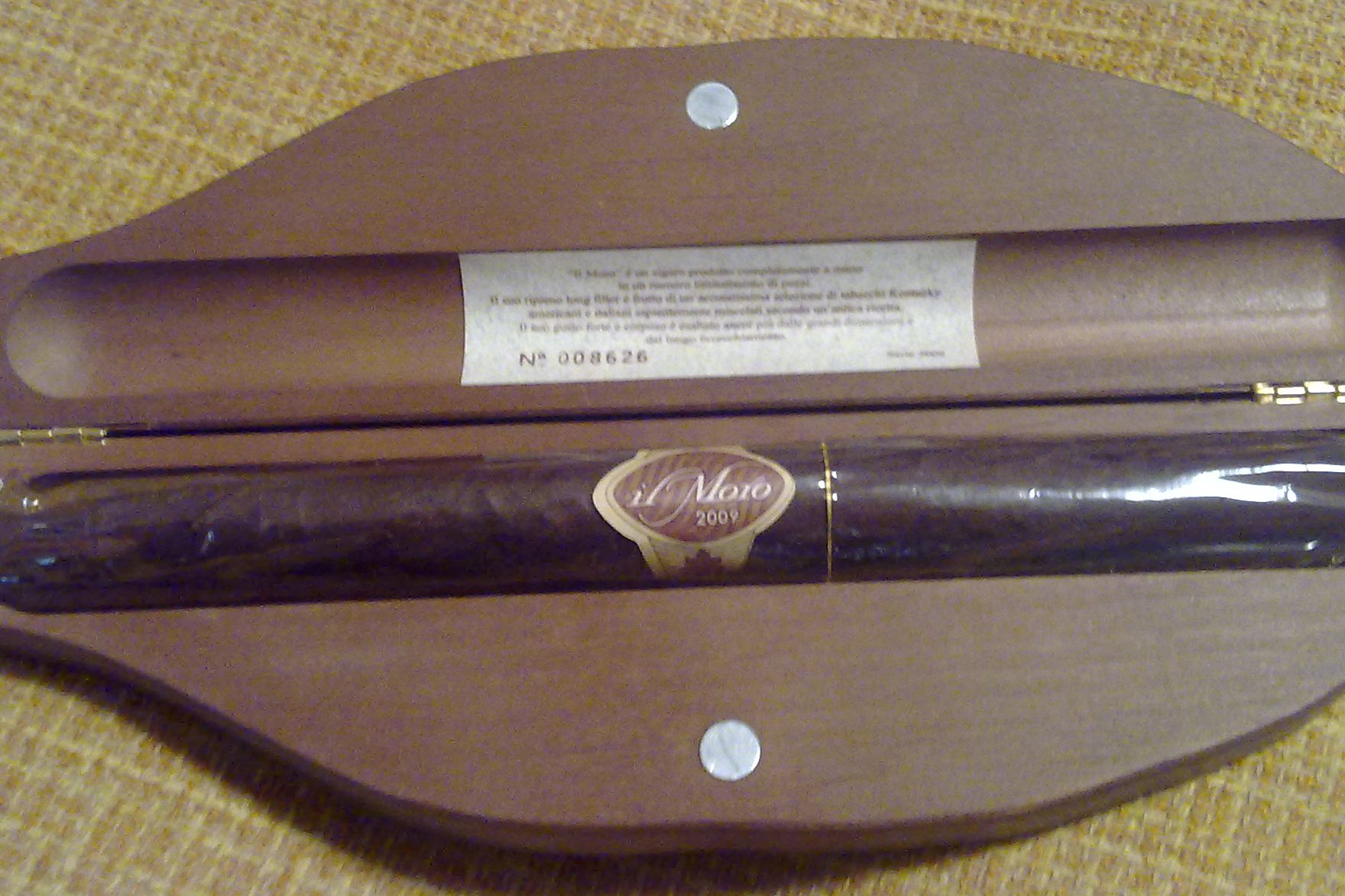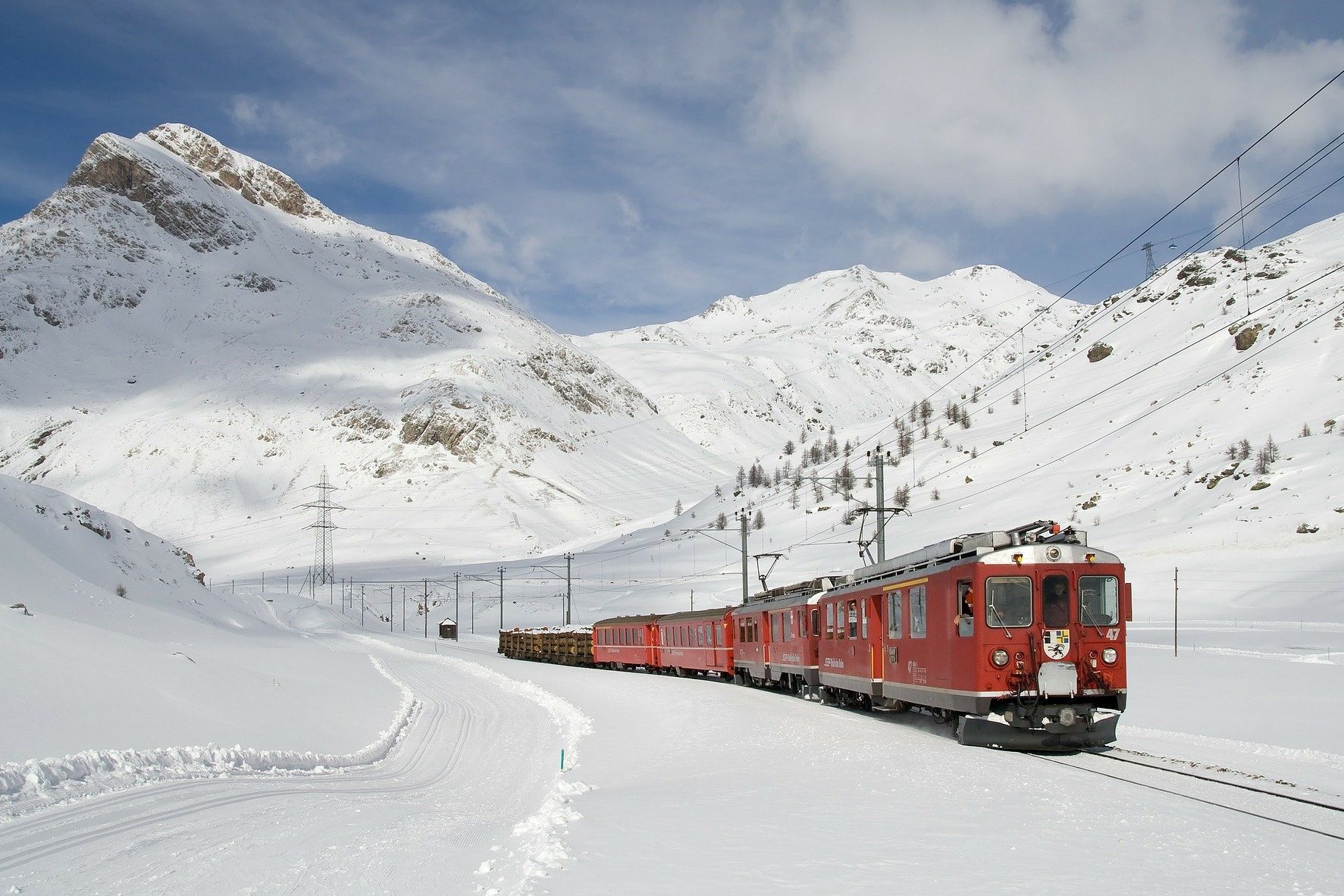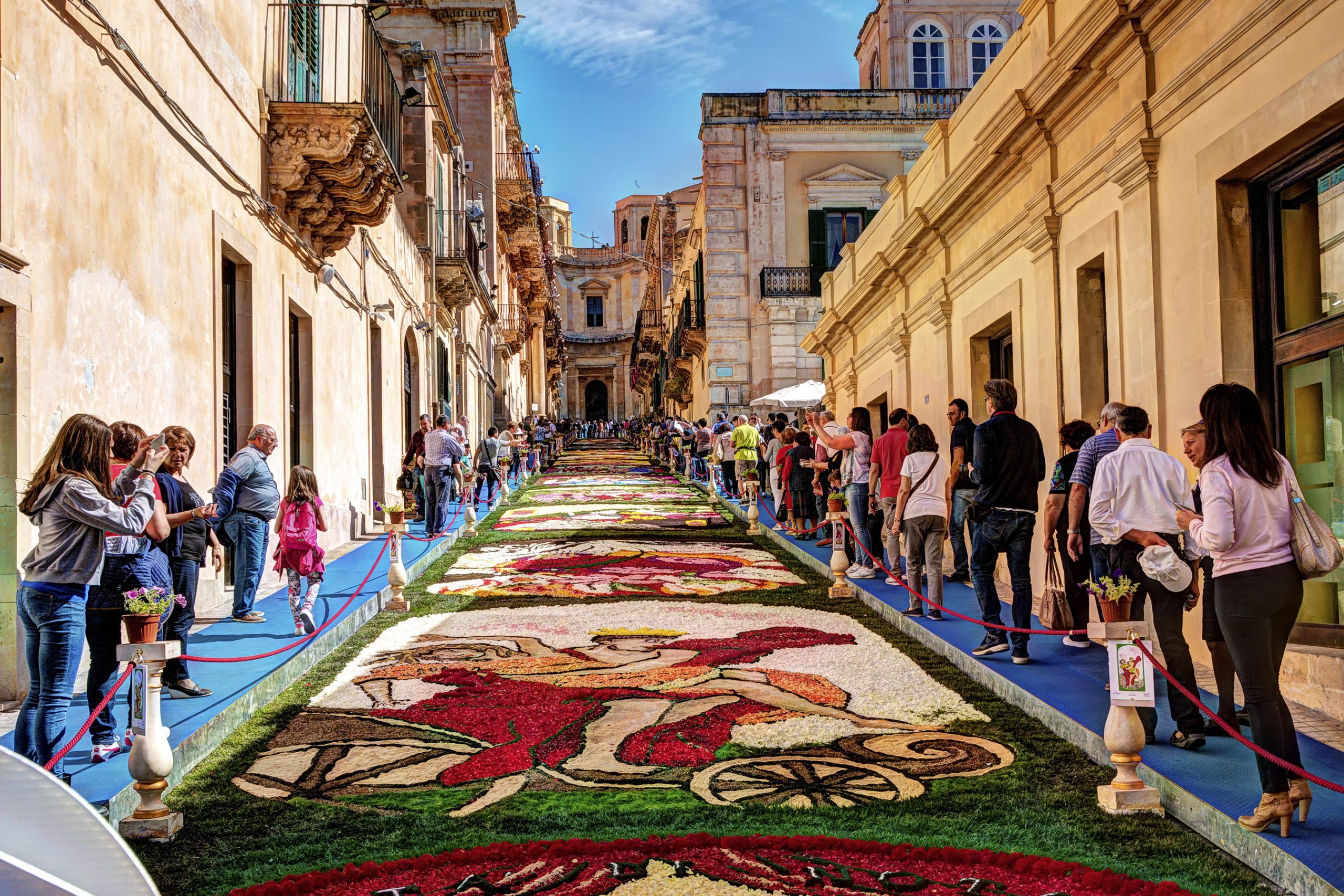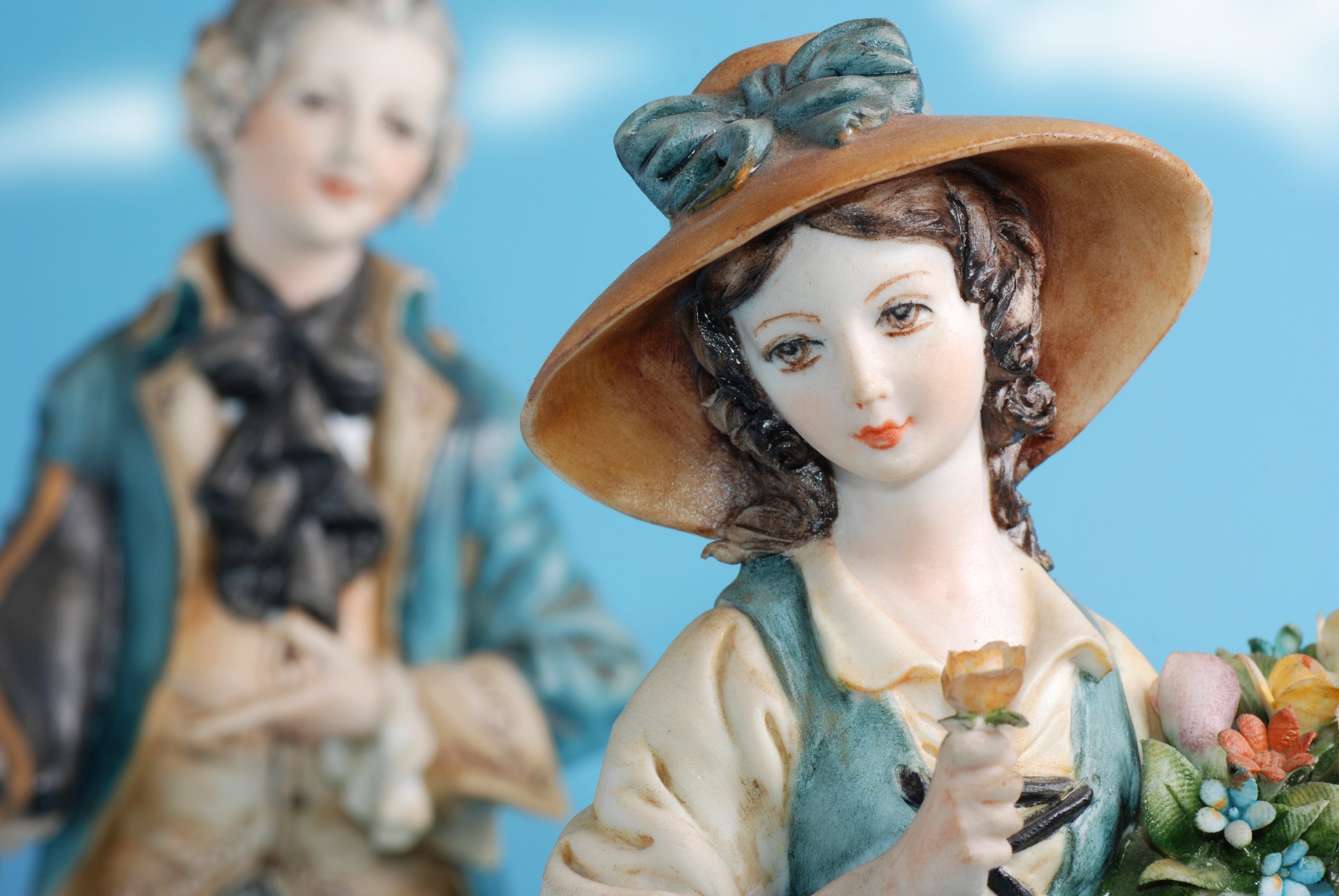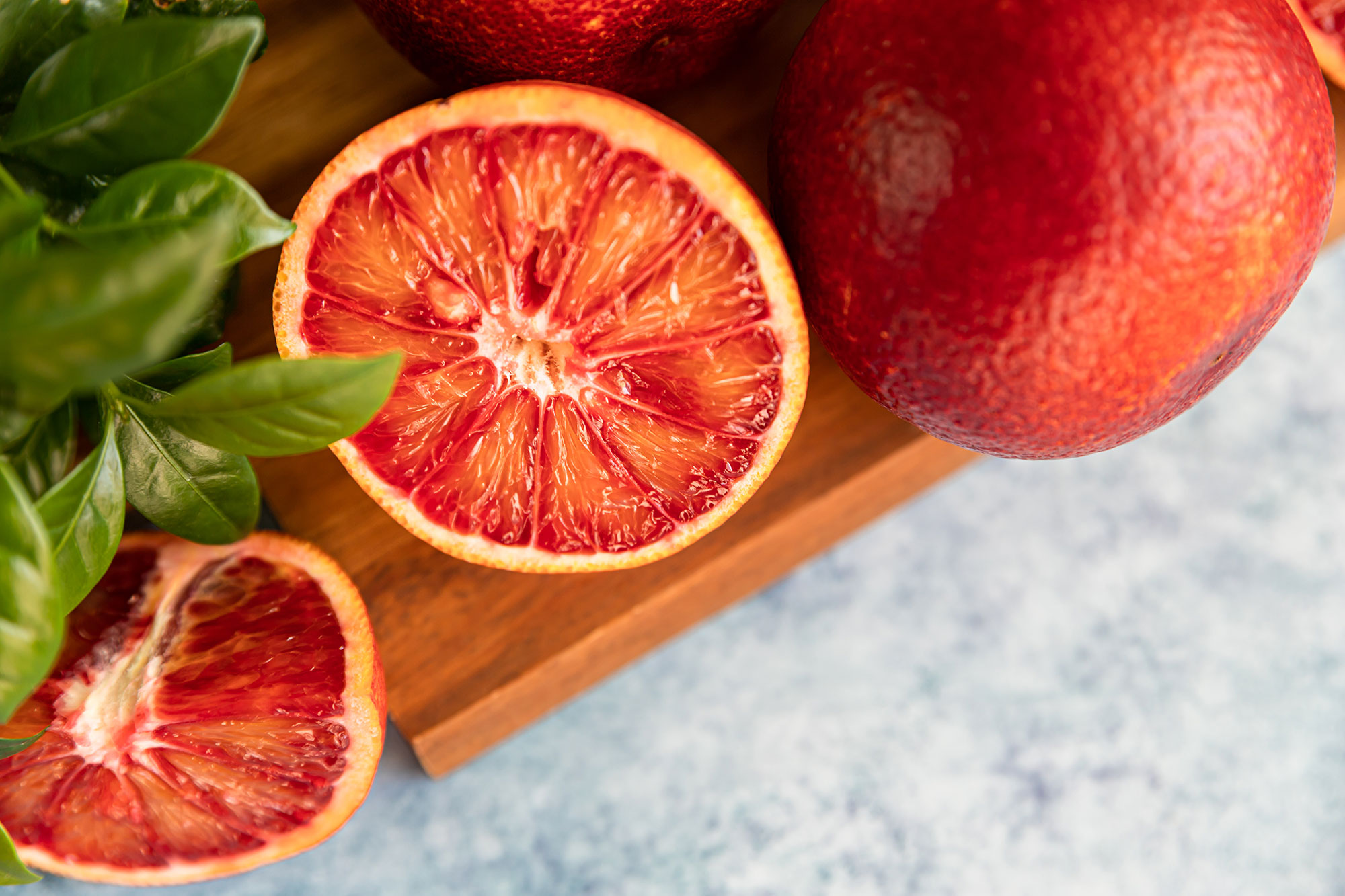Like a nice glass of wine, a good cigar can be smelled and tasted. A high quality cigar is a special delight, and Italy is an esteemed cigar production powerhouse. Famous for Florentine steak, sculpture, and architecture, Tuscany also features the popular Tuscan cigars.
A well-established brand in Italy, Switzerland, and Austria, the Tuscan Cigar is known for its impeccable quality and symbol of Italian passion and culture. The story of inception is an interesting yet accidental tale.
In 1818, a sudden summer rainfall drenched the tobacco leaves at Ferdinand III’s tobacco factory in Tuscany, causing the tobacco to ferment in the humid, hot weather. These supposedly damaged leaves were then sold to vendors and consumers at a lower price. Selling the cheaper cigars to the poorer people was a way for the manufacturers to salvage a potentially devastating economic situation.
Much to their surprise, the “damaged” cigar became an instant hit with the Italian population and the Tuscan Cigar was born. Consumers fell in love with the new taste of fermented wet tobacco, and the demand increased dramatically.
It would be produced in Florence for over a century. After World War II, the production was transferred to the cities of Lucca and Cava dei Tirreni.
Small artisan workshops began cultivating the cigars until larger manufacturing plants opened in Florence (ie. Sant’Orsola) and Cava dei Tirreni. Since the Kentucky tobacco did not grow well in dry areas like Sicily, Tuscany’s rich soil provided the perfect environment for the crop. Siena and Arezzo were particularly fertile areas.
Renowned Tuscan cigar connoisseurs include King Vittorio Emanuele II, Puccini, Verdi, and Garibaldi. Garibaldi even has two cigar varieties named after him, the Toscanello and Toscano Garibaldi. Among the more modern enjoyers are Francis Ford Coppola and Sergio Leone, who immortalized the cigars with Clint Eastwood in his famous “spaghetti” Western classics.
The cigar’s distinguishably rich aroma is a result of the production process. The tobacco used for these cigars is flame-cured, and it goes through an extensive fermentation process that takes up to 30-50 days. The cigars are then assembled and folded by hand before being sent to the warehouse to maturate for half a year.
The heart of the Italian cigar industry is in Lucca, Tuscany, where the majority of the cigars are produced. The European Union strongly supports tobacco growers and designates 80,000 hectares of land in Tuscany, Umbria, and Campania to the crop.
For two centuries, Kentucky tobacco has been imported from North America. Upon arrival, the tobacco is placed in large crates and inserted into tanks of purified water. Once the temperature is 50-60 degrees, the tobacco leaves are cooled and aerated to prevent rotting. When the central vein of the leaves are gone, the leaves are placed in “marmoni” crates to start the fermentation process. The filling tobacco is cut or crushed depending on the cigar type. Then the Tuscan cigar is hand-made one by one. The cigars are put on specific racks and left for 30 to 60 days at certain level of humidity and controlled temperature.
The dry cigars begin the conditioning process and are wrapped in cellophane paper and placed in wood areas and sent to the warehouse to mature for up to six months. This maturation process has the greatest effect on the quality of the cigar, and experts monitor carefully the product to ensure the aroma and flavors come out perfect. The cigars are flame-cured over fires from oak and beech wood, and they are rolled into their natural elliptical shape.
When it comes to cigars and wine, non-Italian varieties pale in comparison. Some wines may come close, but no cigar.
